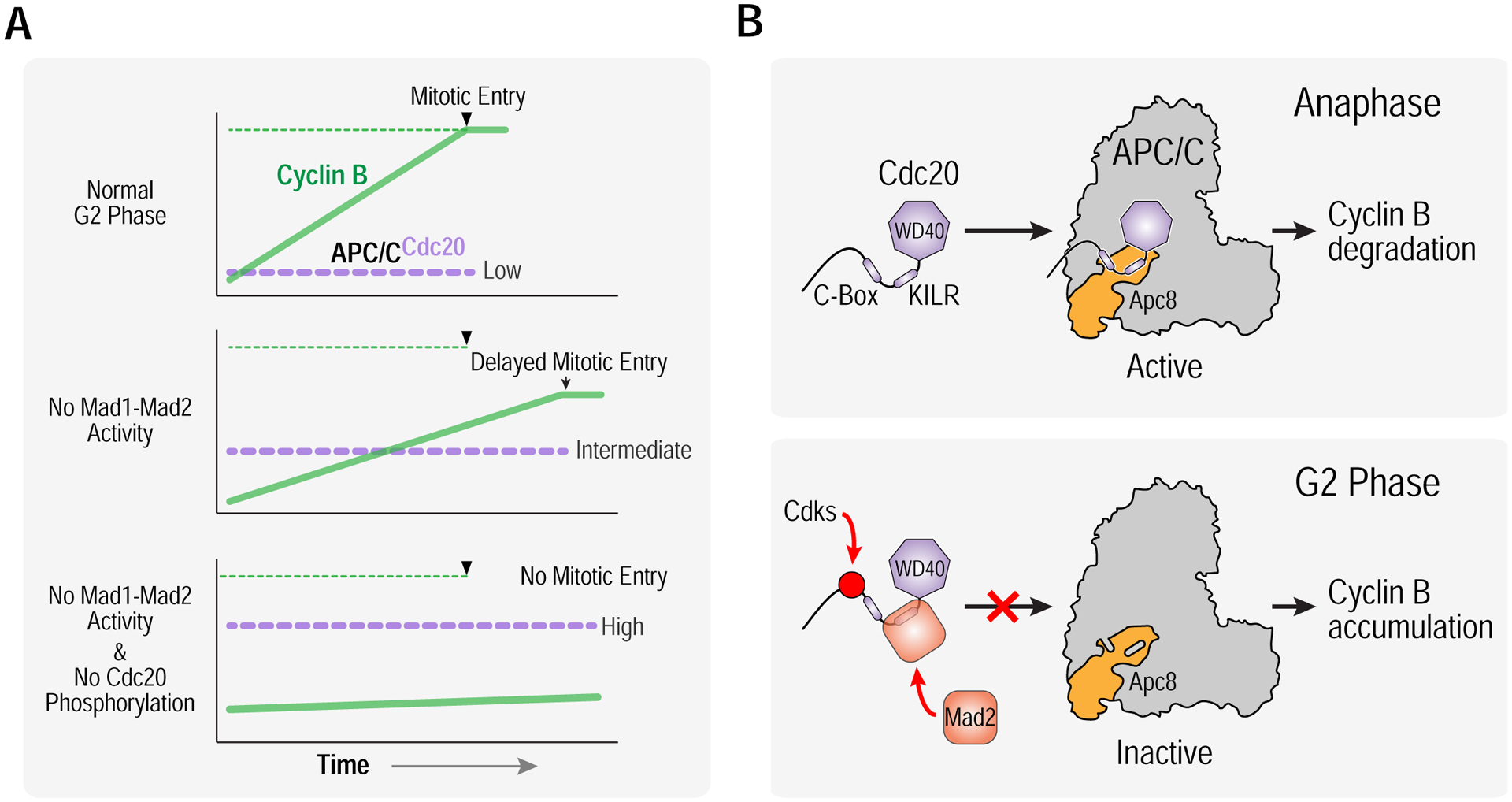Figure 6. A dual mechanism targets APC/C binding motifs of Cdc20 to promote cyclin B accumulation and mitotic entry.

(A) Schematics highlighting normal G2 phase with cyclin B accumulation and transition into mitosis (top), delayed cyclin B accumulation with an extended G2 phase and entry into mitosis at reduced cyclin B levels in the absence of Mad1/Mad2 activity (middle), and a block to mitotic entry in the absence of both Mad1-Mad2 activity and Cdc20 phosphorylation by Cdks (bottom). (B) (top) Cdc20 binds and activates APC/C to degrade cyclin B at anaphase onset, employing its C-box and KILR motif to bind to distinct sites on the Apc8 subunit. (bottom) To keep APC/C in check during G2 phase, Mad1-Mad2 catalyzes Mad2 binding to the KILR motif and Cdks phosphorylate resides adjacent to the C-box, thereby coordinately suppressing binding affinity of Cdc20 for the APC/C, preventing the formation of active APC/CCdc20 complexes and allowing cyclin B to accumulate and trigger mitotic entry.
